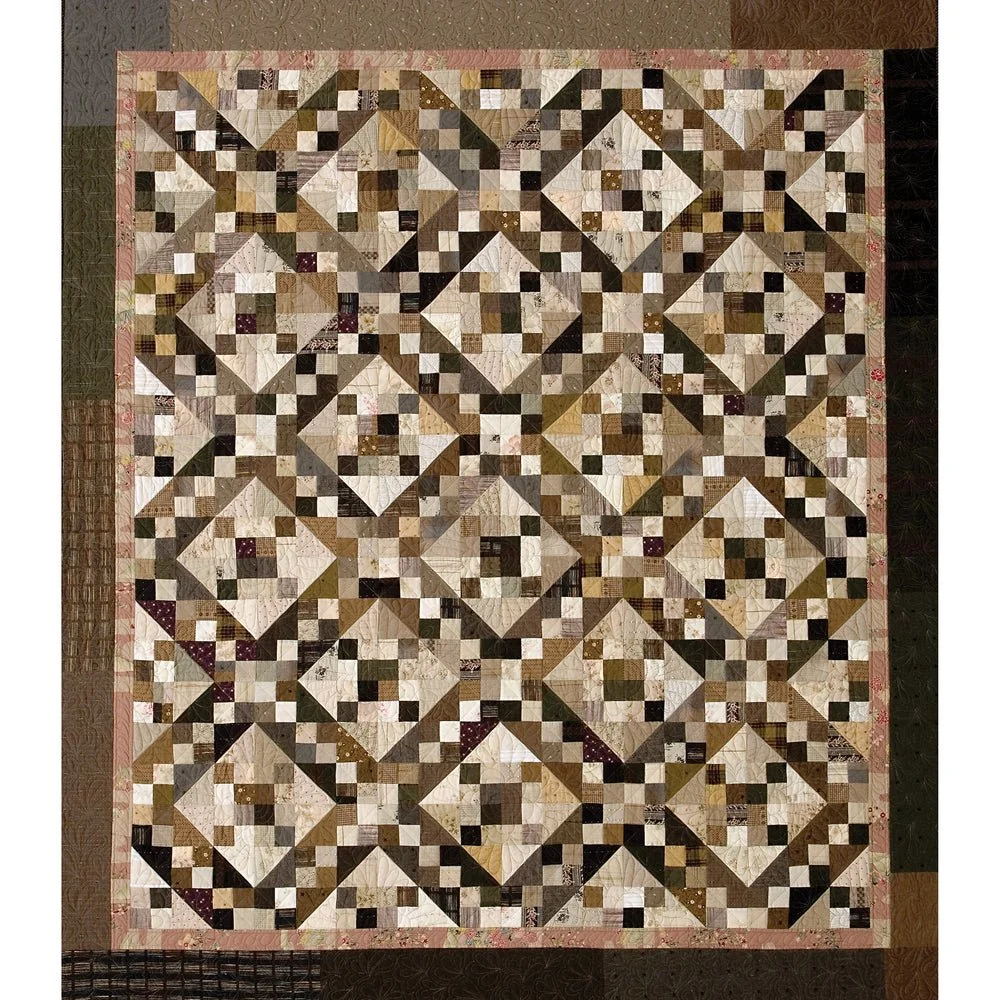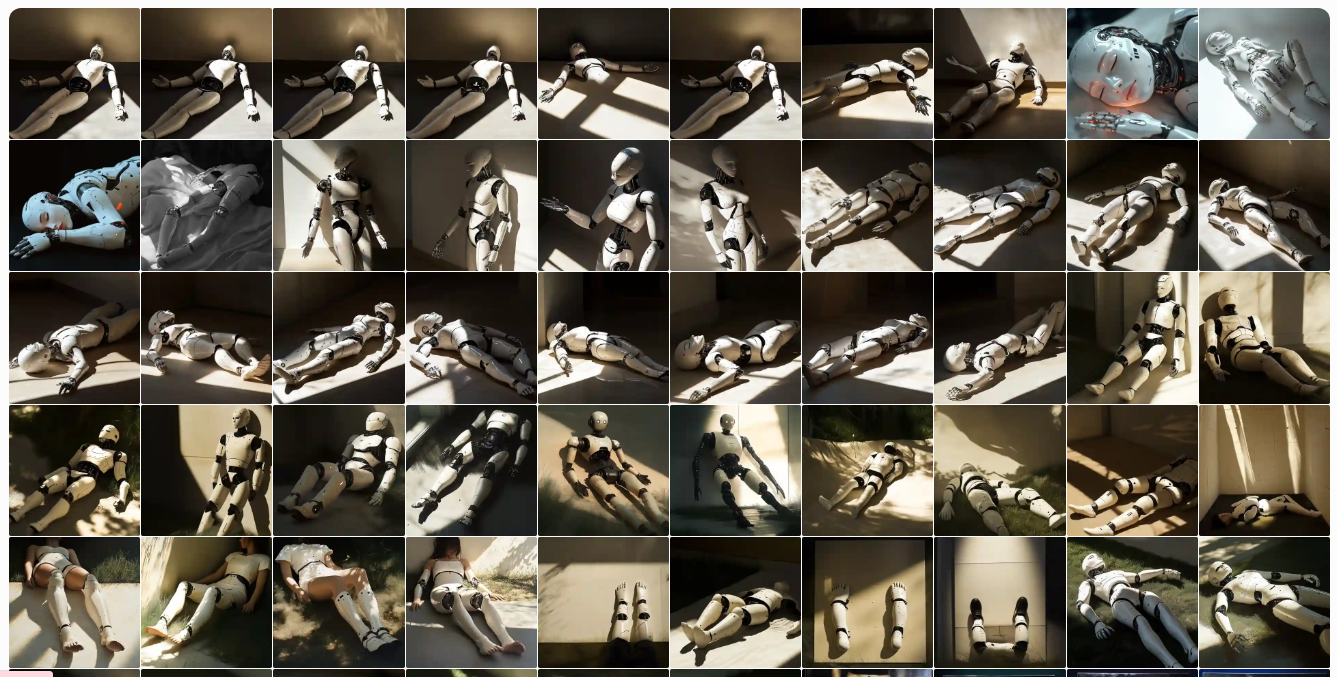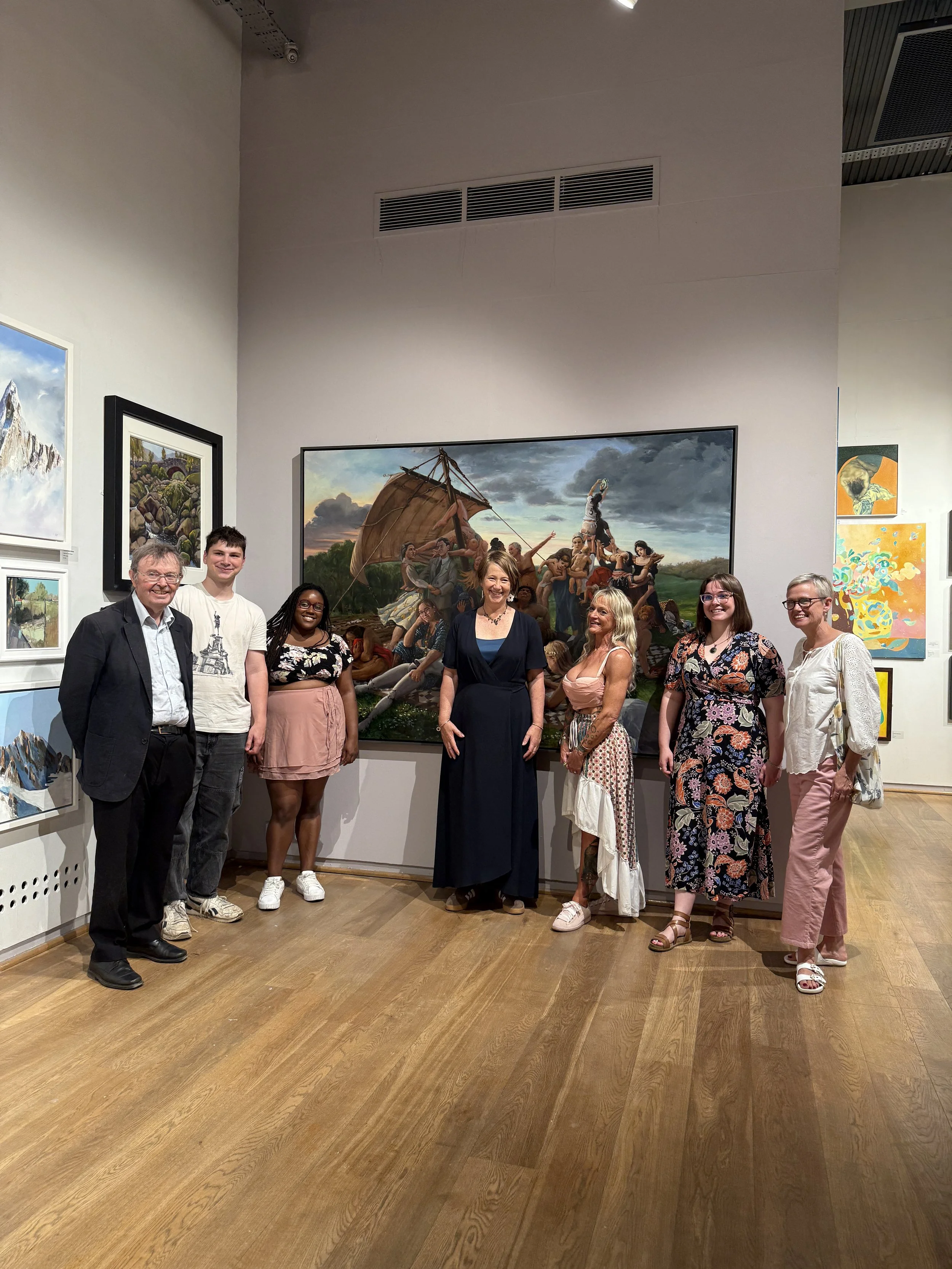Notes on The Raft Of The Medusa
This narrative painting is structurally based on Théodore Géricault’s epic “The Raft Of The Medusa”.
Contents
Shortlisted for the 2025 Ruth Borchard Collection Self Portrait Prize (available via catalogue), it has been exhibited at the Mall Galleries (164th annual exhibition of the Society of Women Artists). Painted in oil on a 1.6 x 2.3m canvas, there is a smaller (.7 x 1m canvas) version on show until 7th September at the Russell Cotes Museum & Art Gallery (the Ruth Borchard Self Portrait Prize exhibition).
The whole process (from early sketches through to varnishing) is available to watch as a playlist on my YouTube channel.
My blog How Far Would You Go? describes why I bought my own painting from The Mall Galleries, and recreated it at ⅕ the size. A true story about the punts some artists take to get their work out of the studio.
The painting overall is a portrait of womankind, which I hope contains recognisable, relatable reflections, and a sense of the continuity of the female condition across culture, geography, and time. I quoted from paintings by Sirani, Kollwitz, Demont-Breton, and Rego, commissioned poses by professional life models, friends and family, with a self portrait thrown in for good measure.
An overview of the characters
1, 19 - an interpretation of the etching ‘Woman with a dead child’ by Käthe Kollwitz. I invented a colour scheme, but as with the other quotations, tried to maintain a sense of the visual language of the original artist, whilst adjusting it to fit within the scene. This pair replace the dead soldier on Géricault’s raft. I thought the tilt of the child’s head was reminiscent of that of the dead soldier on Géricault’s raft. And the blackbird is located to reference his hand entering the water.
2 - Anna Davey-Mitchel kindly modelled as herself, a techno-political researcher at Bristol University. We met through both speaking at TEDx Bristol, see Anna’s TEDx talk here.
3 - Because Anna was unable to bring a humanoid robot to my studio (for insurance reasons) I used Midjourney AI, with iterative prompting to generate the reference image. At Anna’s suggestion, I subsequently coloured the face and hands. Anna has commented that it now resembles the robot Sofia.
4 - A self portrait in my painting clothes.
5 - The birthing mother, with mastectomy, is a combination of various images including from a midwifery guide, a breast cancer article, and a photo of my own arm.
6 - My daughter Izzi Reid. Relaxed, comfortable, engrossed in a good book.
7, 8 - Loosely summed up as patriarchal entrapment, this pair of figures is directly mapped onto two figures on Géricault’s raft. In an ‘after the ball’ narrative, I have attempted to depict a young woman in a situation of limited individual agency and freedom. The woman is dressed in the trappings of wealth, holding Dorothy’s ruby slippers, reaching towards Timoclea. My son Leon and daughter Izzi modelled for the figures. At a later date, our friend Ray Westwood kindly allowed me to use his face, taken from a candid photo on New Year’s Eve “I would have preferred to have played someone more heroic”. The rats and snake allude to the squalid side of the depicted relationship.
9 - Paula Rego and Victor Willing, a quote from Paula’s painting The Dance. Placed and lit such that Paula’s skirt catches the light as does the sheeting on Géricault’s raft, I intended to include them as a happy middle-aged couple. Whilst this may superficially look like a happy scene, a little research reveals it to show Rego in a less than ideal, but very common situation.
10 - Cowering behind the mast, Géricault depicted two people, almost invisible on first view. It wasn’t a difficult leap to the plight of women in Afghanistan
11, 12, 13 - The 3 Graces. These figures are a challenge to the classic ‘3 Graces’ trope, which is a rather creepy, artwashed, normalised exposure of passive, naked young women. Ref my joint blog on the Male Gaze, with Clare Creed, who is the left hand Grace). In this reimagining, the figures show agency to argue, direct, and exhibit sexuality and strength on their own terms.
The middle Grace was modelled by Tenisia, a professional life model who I found via a drawing by an artist friend Caroline Greene. I was delighted that Tenisia agreed to take commissioned reference photos, having carefully established the nature of the project. She patiently followed my very precise requests about position, camera angle, lighting, etc, resulting in a brilliant photo that was then easy to embed in the scene.
The right hand Grace was going to be an invented character, until I happened to give a talk to the new intake of Arts & Humanities international postgraduate students at Goodenough College. After the talk, the principal of the college, the Honourable Alice Walpole OBE, asked what I was working on. When I described the raft project, she asked whether any older women were represented on my raft. And to my great delight, generously offered to fill that gap!
14 - Virginie Demont-Breton’s Fisherman’s Wife hopefully speaks for itself as an inclusion. Added partly to reinforce the diagonal. This is an example of a practical lesson learned from Géricault. The more I studied his painting, the more I appreciated how meticulously he positioned his figures. And, if the linked Sotheby’s catalogue note is to believed, it was intended (by Demont-Breton) as a challenge to the ‘lustful eroticism’ of her contemporary Bouguereau’s celebrated interpretation of Botticelli’s Birth of Venus.
15 - The final lineout of the 2022 Women’s Rugby World Cup final. Included as a representation of sport and teamwork. Originally I had put goalposts on the horizon (where Géricault had located the distant boat), but when I flipped the Timoclea image (so the guard was being tipped neatly into the barrel), that obscured the boat’s spot on the horizon. And it seemed irrelevant both to my narrative and to the composition. As with the Fisherman’s Wife, this was a lesson in constructing a credible scene: I knew the ball needed to be where the red cloth is on the Géricault, and knew that the players who were standing on the grass in the reference photo (lifting up their teammates) had to have their feet (although not visible) at a height (on the canvas) that located them firmly on the grass, off the quilt, and exactly behind Timoclea’s barrel. Setting those two parameters (the location of the feet and of the ball) gave me all I needed to transfer the scene onto the canvas. The reference photo was licensed from the photographer (Dave Lintott). I would very much like to name the Number 5 player, but haven’t yet requested the necessary image rights.
16 - Timoclea is included as an example of female rage, and to reference sexual assualt without depicting it. So Timoclea, as painted by Elisabetta Sirani, seemed the perfect example. Luckily, the colours of Sirani’s painting neatly correspond to those in Géricault’s, and also the well in the Sirani painting easily mapped to a barrel from the Géricault raft.
17 - While Timoclea was dispensing with the Thracian captain, it seemed appropriate that she might also have a laundry basket, gardening tools, a first aid kit and a cuddly toy about her person. Hopefully you might spot some common medicaments in there - the TCP, Sudocrem, and a bandage. Luckily Géricault’s raft painting had a barrel, on its side, in the perfect location.
18 - I love quilting, as a thrifty form of recycling, and a mindful, sometimes communal activity done by individuals and groups of primarily women. In a wider sense it represents the way women in the west have historically been banned from institutional arts education, discouraged from painting figures and portraits, in favour of still lifes, botanical illustration, needlecraft, etc. See my painting videos for a demonstration of how I laid in the pattern, and mixed paint fitting the required tones in an organised way - lights, darks, lit and shaded. I put the fold where Géricault had a stray beam on his raft.
19 - see number 1 above.
The symbolism
As well as the design and making process (available free here as a playlist), I recorded a video describing the symbolism of individual figures:
References
Here are a few elements from the overall process, including some references. Please watch the YouTube videos for more complete information.
The models
Many interesting people modelled for this painting. It was lovely to meet up at The Mall Galleries when it was exhibited in June 2025. It was great to be able to introduce them to each other, and hear what they thought.






















